Ongoing struggle to get recognition for slave burial ground at Joseph Rodman Drake Park
by Aliya Chaudhry
 Of the two cemeteries located in Joseph Rodman Drake Park, one is enclosed by a metal fence. Photo credit: Seyma Bayram
Of the two cemeteries located in Joseph Rodman Drake Park, one is enclosed by a metal fence. Photo credit: Seyma Bayram
A patch of green squeezed in between factories and warehouses, Joseph Rodman Drake Park seems out of place in the industrial section of Hunts Point. A series of large gravestones sits in the middle of the park, surrounded by a tall metal fence.
These large gravestones belong to the historic Hunts Point families who are buried inside the enclosed cemetery in the park. Photo credit: Seyma Bayram
Outside the fence are more graves, but if not for a few lines written on a plaque on the fence, they would go unnoticed. There’s nothing to mark them. The graves inside the fence belong to historic Bronx residents, the Leggett, Hunt and Willett families. The ones outside the fence, to their slaves.
“Here lie the nanny, coachman, farm laborer, wood cutter, drover, blacksmith, cook, groom, carpenter and seamstress, whose unpaid labor contributed to Hunts Point’s large profitable estates,” the plaque states.
It’s estimated 44 enslaved people were buried in the park, but the plaque fails to identify the exact location of those graves.
Four years after the discovery of this slave burial ground, plans for a memorial have stalled because of a lack of coordination among interested groups and city officials. At this point, there are no plans for a permanent monument commemorating the unmarked graves, leaving the plaque the sole marker of the burial ground, despite pressure from two community members.
There is nothing denoting the estimated 44 people resting in this burial ground. Photo credit: Seyma Bayram
“You can’t just obliterate the black people that made the white people rich. You can’t just plow their graves over,” said Philip Panaritis, a former employee of the Department of Education, who helped discover the burial ground. He believes there may be as many as 60 people buried in the unrecognized cemetery, and the graves may stretch beyond the park.
Justin Czarka, a teacher at Public School 48, the Joseph Rodman Drake School, was also involved with the discovery of the burial ground and explained how complicated the process of memorializing the space is.
“There’s a lot of layers, a lot of people and a lot of people who have strong interest in making sure the space is remembered in a way that’s respectful and permanent and draws people to the area to consider what happened there,” he said. “But there doesn’t seem to be very strong coordination between people to get it moving forward.”
In early 2014, the New York City Parks Department officially recognized the burial ground, at the request of the school community and government officials.
The Parks Department, officials and community members discussed options for a memorial at a meeting last summer, including a digital kiosk, seating, a sign, marker or plaque, according to a spokesperson for the department. They are still working together to look at ways to improve the park, in addition to a memorial.
Czarka said the biggest obstacle to a permanent monument is connecting and organizing people.
“Everyone seems to want something done but then it doesn’t seem to move anywhere,” he said.
There are several different groups and individuals involved, including the local City Councilman Rafael Salamanca, who is supportive of a memorial and allocated $100,000 for the project, according to a spokesperson in his office.
Almost all monuments in public parks are funded privately, according to the Parks Department’s website.
Not only is there a lack of consensus about what form the memorial should take, but there is also disagreement over how much money is available to pay for it. State Senator Jeffrey Klein allocated $200,000 for the slave burial ground, according to Panaritis, with $20,000 of that going towards the archaeological study. Articles on The Bronx Chronicle and Bronx Times confirm Panaritis’ estimate that Klein allocated $180,000.
The Parks Department said Klein gave $50,000 to the Department of Education with $15,000 for the archaeological evaluation and $35,000 going towards P.S. 48 students’ study of the burial ground. He later began the process of allocating $173,000 to the memorial but this was temporarily halted in August and so the Parks Department never received the funding, according to a spokesperson for the department.
As of press time, Klein’s office has not responded to requests for confirmation of those figures.
Panaritis said not even the amount of money he estimates has been left for the memorial is enough for a large monument. A spokesperson from the Parks department said the department is still evaluating how much money will be needed for a memorial.
Czarka and Panaritis want to see the space memorialized but have left the decisions surrounding the monument up to the community. They’ve been involved more on an educational level, focusing on incorporating the slave burial ground into lesson plans for Czarka’s students, who take advantage of the space, as few green areas are available to local students. These students were key to the burial ground’s discovery.
Panaritis came across a photograph in the digital library of the Museum of the City of New York while working on his education blog for teaching materials that identified a burial ground on “Hunts Point Road,” which no longer exists.
He sent the photo around to some social studies teachers he had worked with, including Czarka. The two of them, along with Czarka’s students began collecting documents, such as photos and census records, and discovered that there was a likelihood enslaved people were buried in the park.
An archaeologist, Jessica MacLean, later confirmed their findings.
Panaritis and Czarka have created a website for their project. Panaritis submitted paperwork to get the slave burial ground recognized as a national and state landmark.
The question of the monument, “is to be continued. It’s in the hands of the community,” Panaritis said.
Czarka said he always saw his role as educational and didn’t want the memorial to be influenced by him. “I wasn’t really thinking about an idea of what it should look like, just the idea that it would be remembered,” Czarka said.

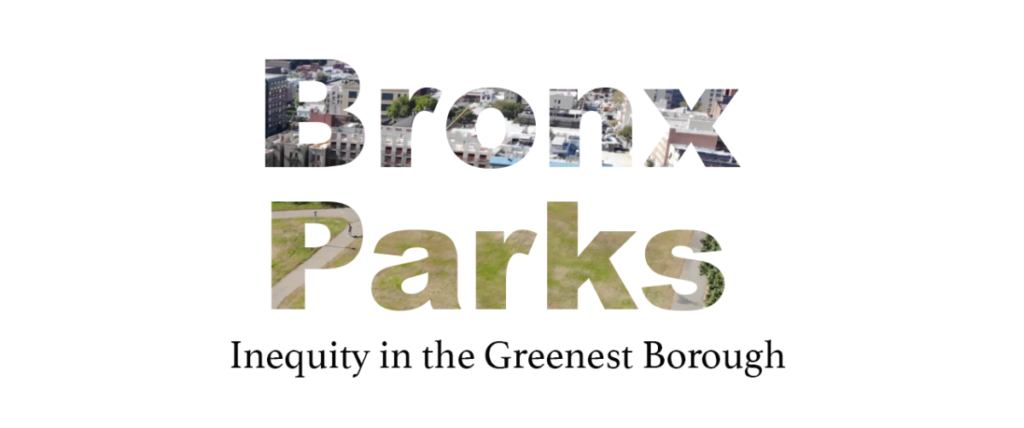

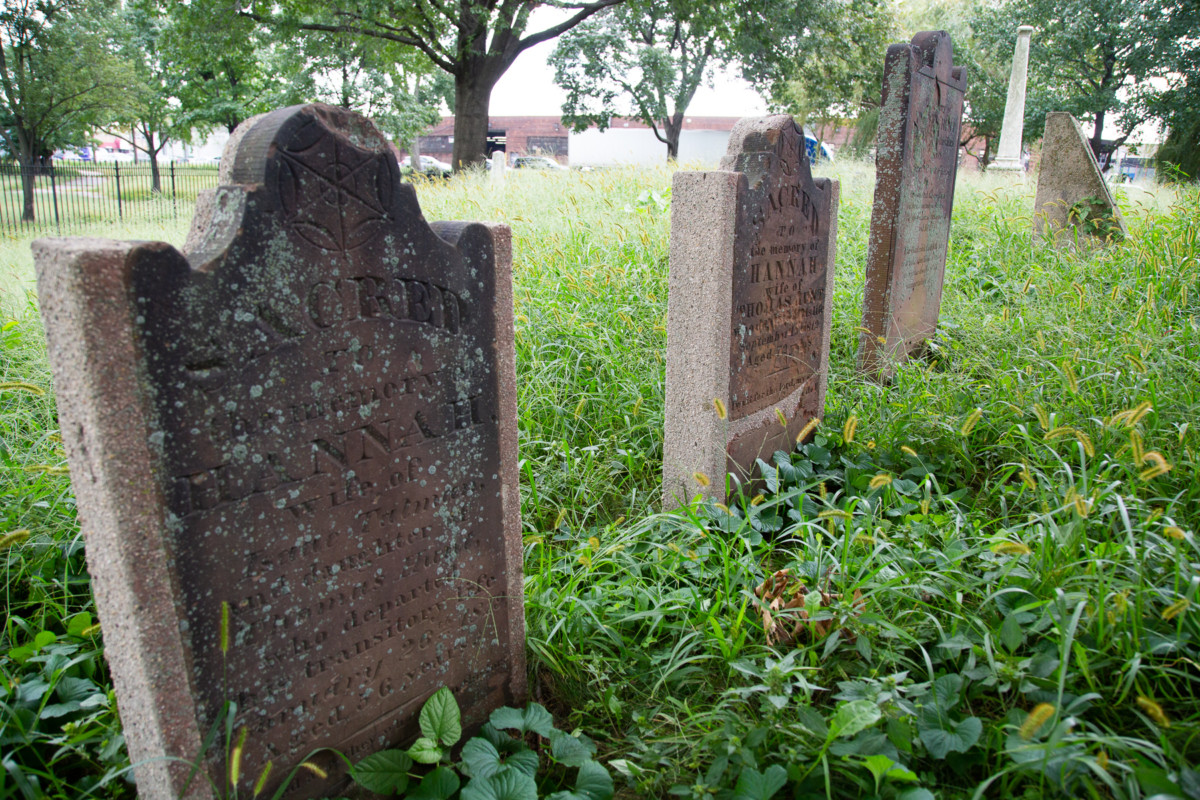


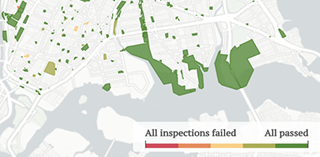 Tracking inspection records in Bronx public parks | Lucas Manfield
Tracking inspection records in Bronx public parks | Lucas Manfield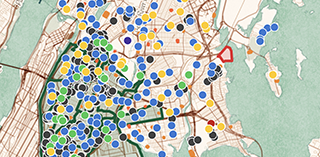 Mapping amenities in Bronx public parks | Leafy Yan
Mapping amenities in Bronx public parks | Leafy Yan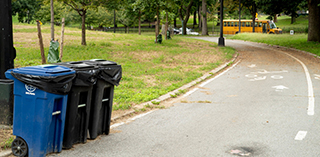 Acceptable or unacceptable: trash and inequality in two Bronx parks | Max Horberry
Acceptable or unacceptable: trash and inequality in two Bronx parks | Max Horberry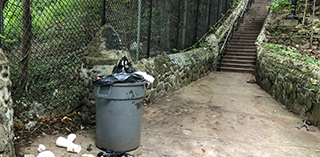 The little west Bronx park that could, defying decade of cleanup efforts | Lucas Manfield
The little west Bronx park that could, defying decade of cleanup efforts | Lucas Manfield New life being brought to Tremont Park | Allen Devlin
New life being brought to Tremont Park | Allen Devlin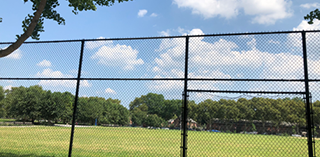 Take out the old bring in the new: Soundview Park | Olivia Eubanks
Take out the old bring in the new: Soundview Park | Olivia Eubanks Learning to bike in the Bronx | Virginia Norder
Learning to bike in the Bronx | Virginia Norder Private donors saved New York City parks—but for whom? | Brett Bachman
Private donors saved New York City parks—but for whom? | Brett Bachman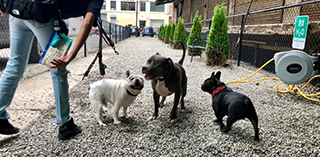 Privatized puppy parks: a Bronx tail | Tristan Cimini
Privatized puppy parks: a Bronx tail | Tristan Cimini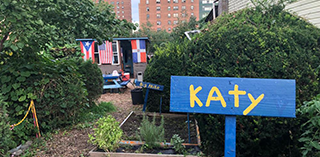 A Tale of Two Gardens | Tiya Thomas
A Tale of Two Gardens | Tiya Thomas Access to North and South Brother Islands still in question | Savannah Jacobson
Access to North and South Brother Islands still in question | Savannah Jacobson Is the Bronx not entitled to its own High Line park? | Beatriz Muylaert
Is the Bronx not entitled to its own High Line park? | Beatriz Muylaert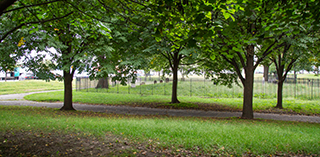 Ongoing struggle to get recognition for slave burial ground at Joseph Rodman Drake Park | Aliya Chaudhry
Ongoing struggle to get recognition for slave burial ground at Joseph Rodman Drake Park | Aliya Chaudhry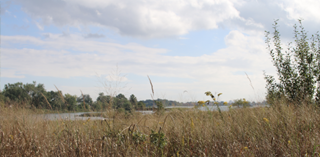 Bronx River Alliance: Water pollution has been the highest in years | Joasia E. Popowicz
Bronx River Alliance: Water pollution has been the highest in years | Joasia E. Popowicz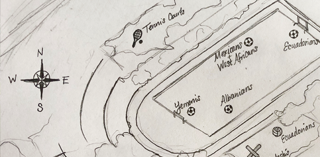 Immigrants face barriers to Bronx parks | Seyma Bayram
Immigrants face barriers to Bronx parks | Seyma Bayram